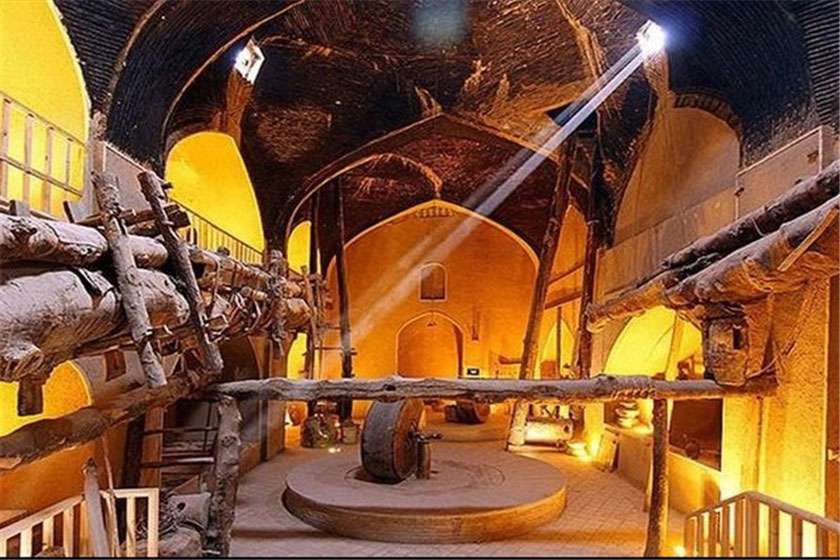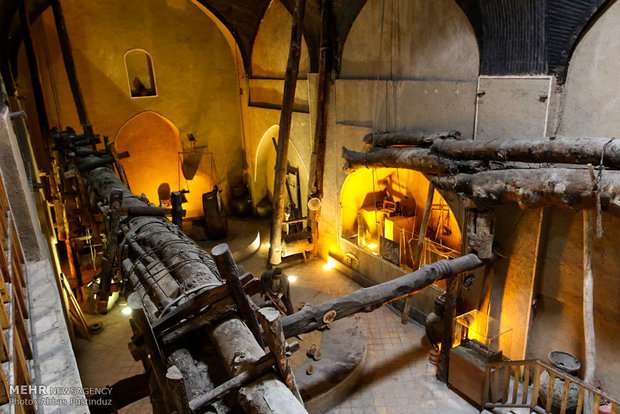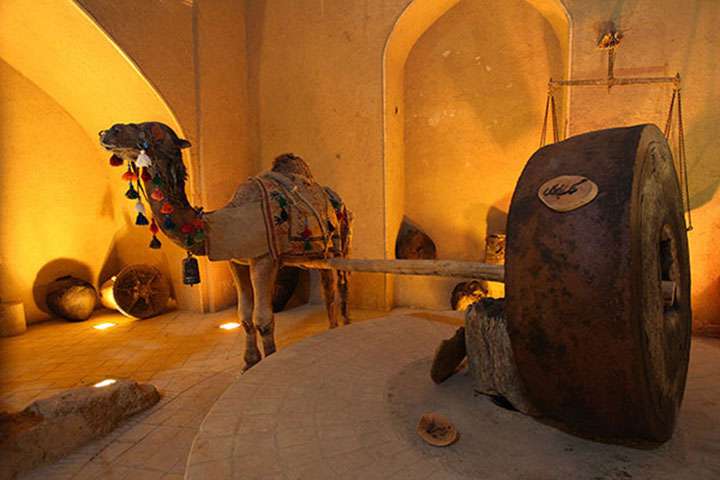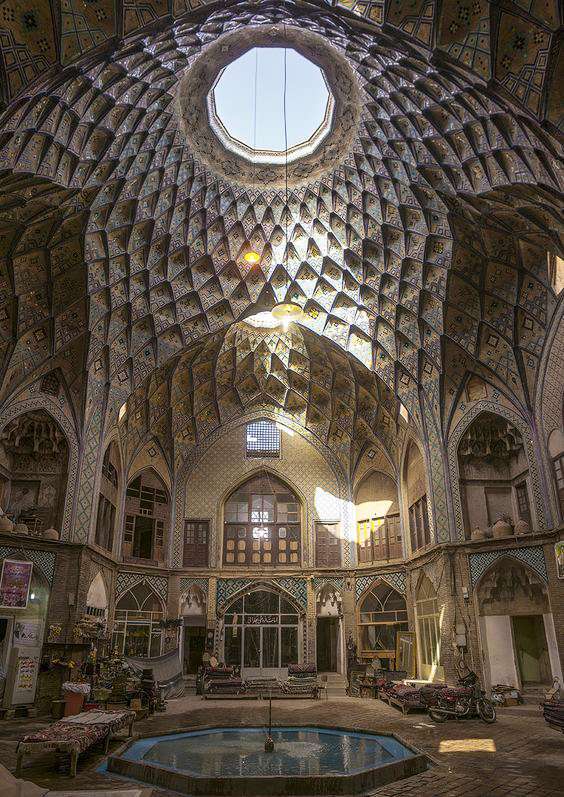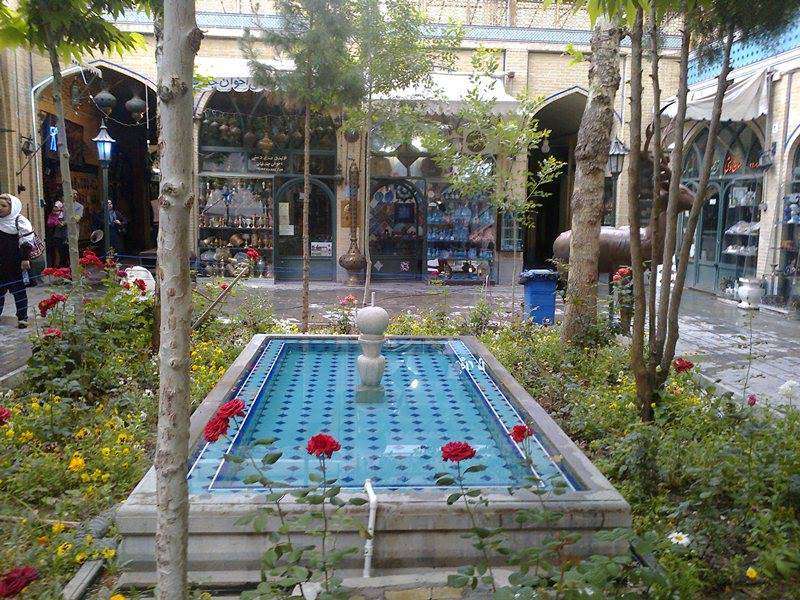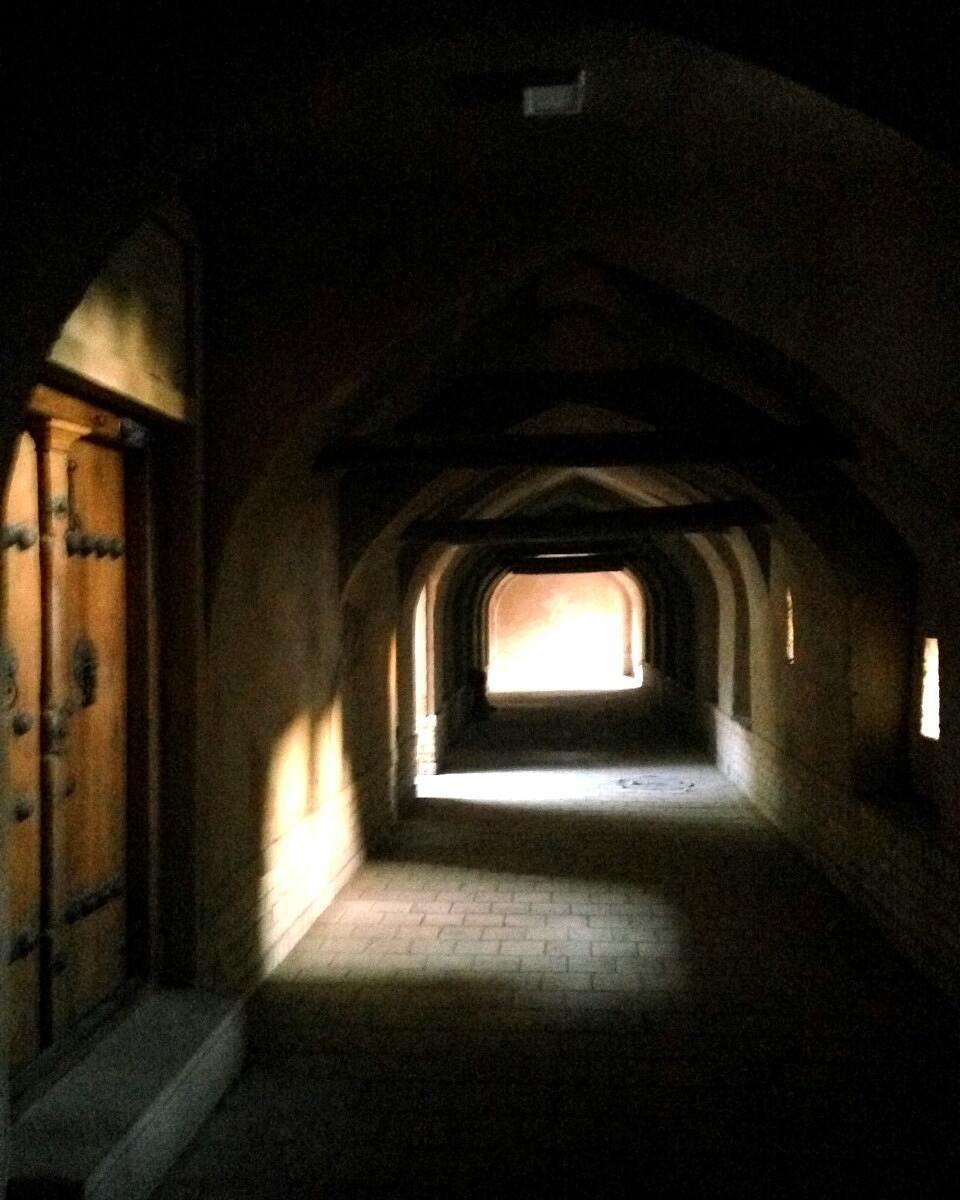Assarkhaneh (Oil-Seed Extraction Workshop): A Symbol of Iranian Industry

Group Size
Min
1 Person(s)
Max
12 Person(s)
- Duration (Hour)3 hrs
- Visiting Time2 Pm to 5 Pm
- Departure PointAt Participant's Accommodation
From €9.00
- Visiting the Safavid Assarkhaneh Shahi (or the Royal Oil Seed Extraction Workshop) in Isfahan.
- Getting familiar with one of the old economic industries in Iran.
- Gaining a basic knowledge of the seed oils, oils and how they were produced.
Photos of the Tour
Tour Packages
- Package 1
Availabilities
Select Preferred Date
Group Size And Pricing
Tour language
Package Description
Inclusions
 Tour Guide
Tour Guide Mineral Water
Mineral Water Hotel pick up
Hotel pick up Hotel drop off
Hotel drop off Entrance fee
Entrance feeItinerary
Day 1
- ActivityAssar Khane Shahi Tour
- DestinationIsfahan
- Duration2 hours and 30 minutes
- DescriptionGetting familiar with one of the old economic industries in Iran and the unknown parts of Naqsh-e Jahan square.
Pick up from accommodation
Ashti-konan alley
Charsooq-e Maqsood
Sarai Espadana
Qeysarieh Bazaar
Royal Oil-pressing house
Timch-e Malek
Jorjir Portal
- ActivityAssar Khane Shahi Tour
- DestinationIsfahan
- Duration2 hours and 30 minutes
- DescriptionGetting familiar with one of the old economic industries in Iran and the unknown parts of Naqsh-e Jahan square.
Pick up from accommodation
Ashti-konan alley
Charsooq-e Maqsood
Sarai Espadana
Qeysarieh Bazaar
Royal Oil-pressing house
Timch-e Malek
Jorjir Portal
Overview
In the Assarkhaneh tour, we first take you
to the old alleys behind the Shah (Imam) Mosque.
These narrow alleys are commonly known as Ashti-konan alley. Why?
Our guide will tell you the reason. In addition, you can have a different view
of the Shah (Imam) Mosque.
Then, we move toward the Charsooq-e
Maqsood (Maqsood Crossroad). This crossroad still holds its name from
the Safavid period and you will hear its story on the tour. Afterwards, we move
along the stores at the eastern side of the Naqsh-eJahan Square. On our way, we
will visit Sarai Espadana which holds several handicraft
shops, some unique antique shops, a traditional restaurant and a number of
different coffee-shops.
Again, we will come back and continue our
way to Qeysarieh Bazaar. Here, we will see the Assarkhaneh
Shahi or the Royal Oil-pressing house, which was constructed in the
Safavid period and its income was dedicated to the Abbasi Jame Mosque. This
complex is composed of two floors. The main floor included the main parts of
the Assarkhaneh such as the entrance, pishkhan (courtyard), barandaz (dock),
shotorkhan (barn), tir khaneh (main hall) and several storage rooms. The second
floor, called mehman khaneh (guest house), contained several rooms to put up
people who came to the Oil-pressing House from other cities. Unfortunately,
parts of this complex, like pishkan, are destroyed. Also, the part known as
shotorkhan (barn) has changed its function and is now used for other purposes.
But, the main parts of the Assarkhaneh are finely restored and reconstructed
and invite you to visit an industrial monument from the old times rarely found
in any other place. Our expert guide will show you the different parts of
Assarkhaneh and, at the same time, explains all the machines and processes in
this place which were used in the production of oil from different oil seeds.
In the bazaar, we will visit Shah
Caravanserai and Sarai Chitsazha (those who make printed
Cotton). Next, we spend sometime in the Bazaar-e Zargarha (Goldsmiths
Bazaar) and end up in Timch-e Malek, which
is a unique piece of architecture and its visit is a must. At the end, we will
turn to the fabulous work of art near the Hakim mosque which is found recently,
the Jorjir Portal from the Deylamid period.
What To Expect
Assarkhaneh, a compound composed of words
Osareh (extract) and khaneh (house), was a profession and industry deeply
interwoven with the life of Iranian people. Since ancient times, Iranians were
familiar with oil seeds and made use of different types of oils extracted from
various seeds. Mainly, these oils were used to be burned in the lamps to pour
light into the pitch black nights. However, they also had medical and dietary
functions. A number of seeds from which the oils were extracted are: castor, sesame,
poppy and safflower. The long time use of seed oils was accompanied by the
development of techniques and technologies to extract oil from the
above-mentioned seeds. And, at a point in time, assarkhaneh or oil-press
house represented the state-of-art technology in the industry of oil
extraction. Today, there are a number of oil-pressing houses in some provinces
of Iran, such as Yazd, Isfahan
and Chahrmahal va Bakhtiari, but most of them
are abandoned and out-of-work. To know the structure and function of these old oil-pressing
houses, we are going to take you to Assarkhaneh Shahi (or the Royal
Oil-pressing House), a monument located in the Qeysarieh bazaar of Isfahan dating back to the Safavid period.
Important Information
Additional Info
- Visiting times can also be arranged based on your trip plan
- Assar khane Shahi will close at 4 PM.
- The hotel drop off would be arranged on your request.
Cancellation Policy
- Bookings missed or cancelled within determined hours will incur a strike against participants as below charges:
- Before 72 hrs : 25%
- Before 48 hrs: 50 %
- Before 24 hrs: 70 %
- Within 24 hrs: non-refundable

